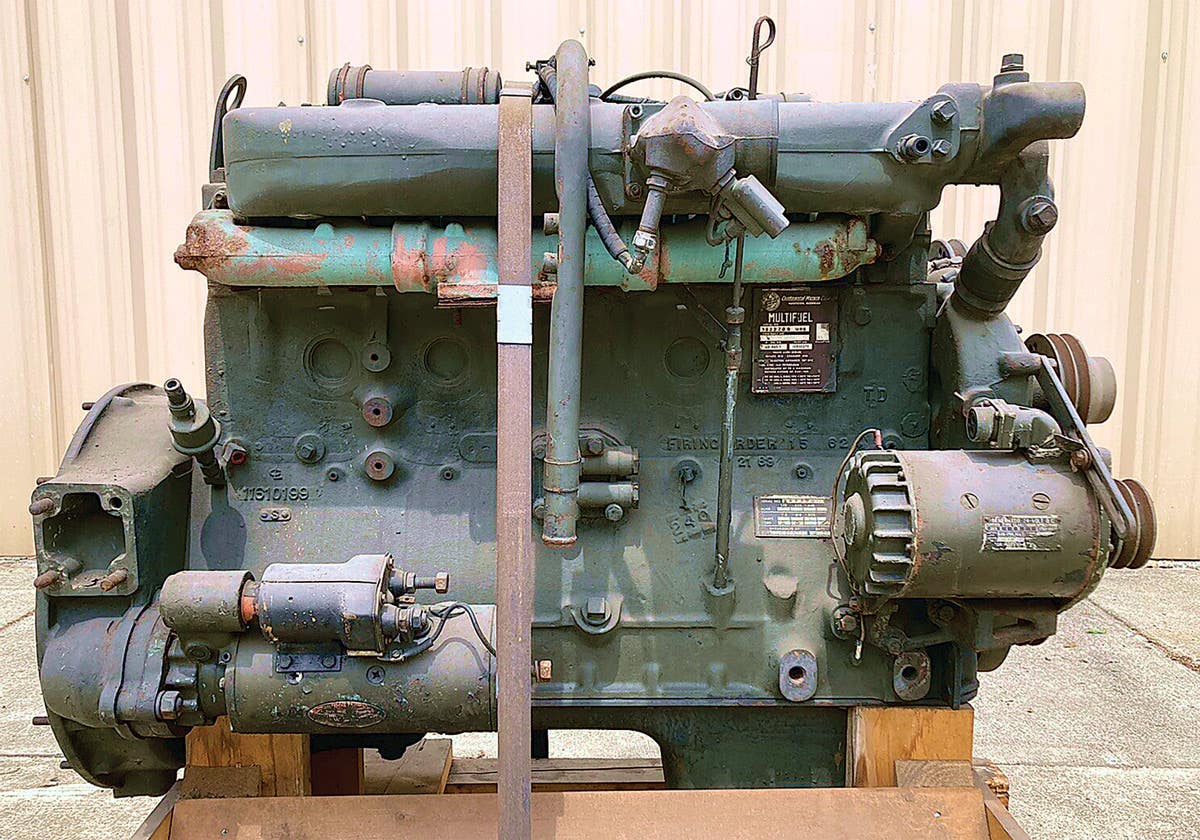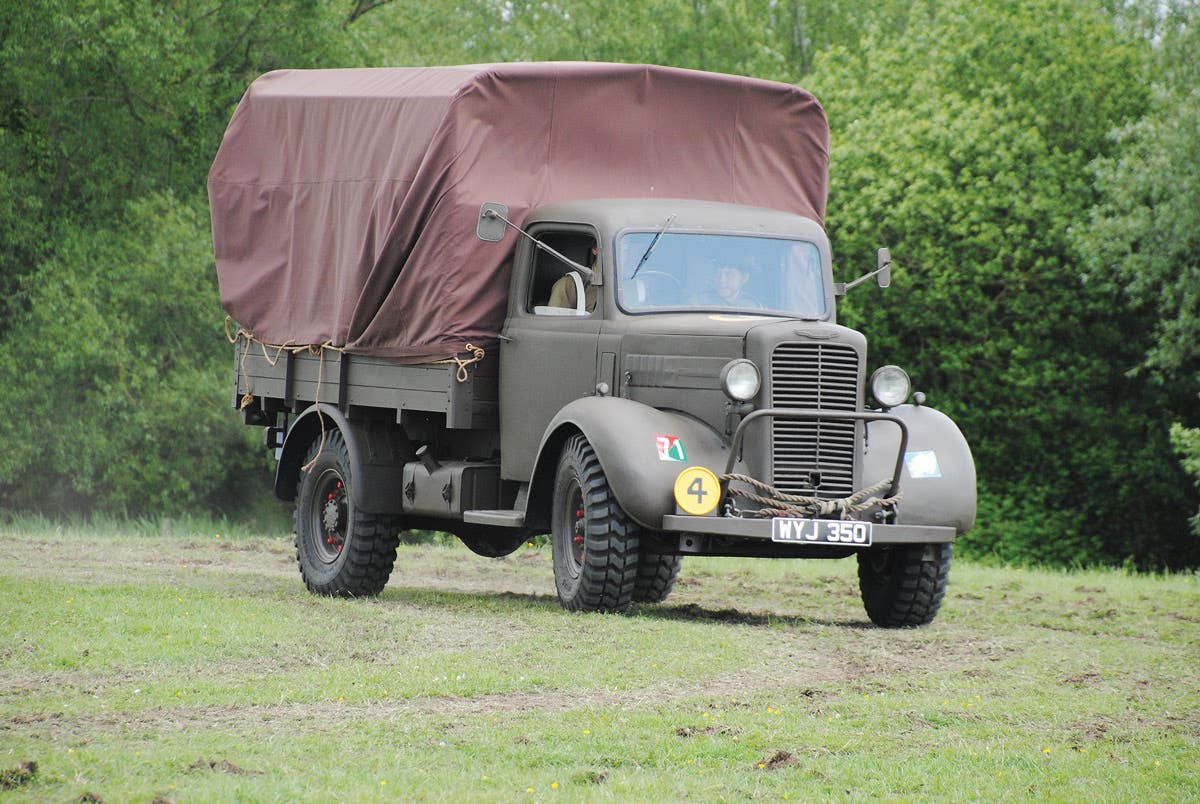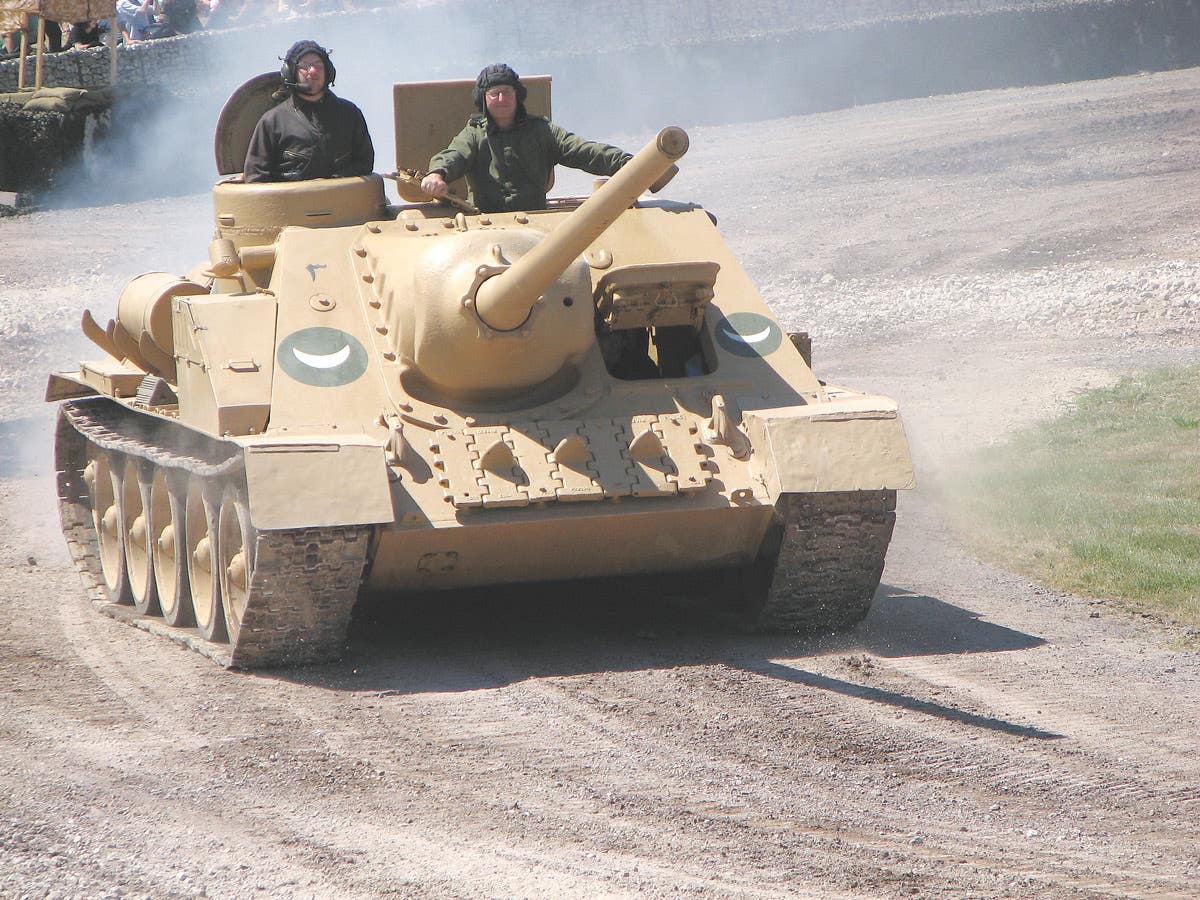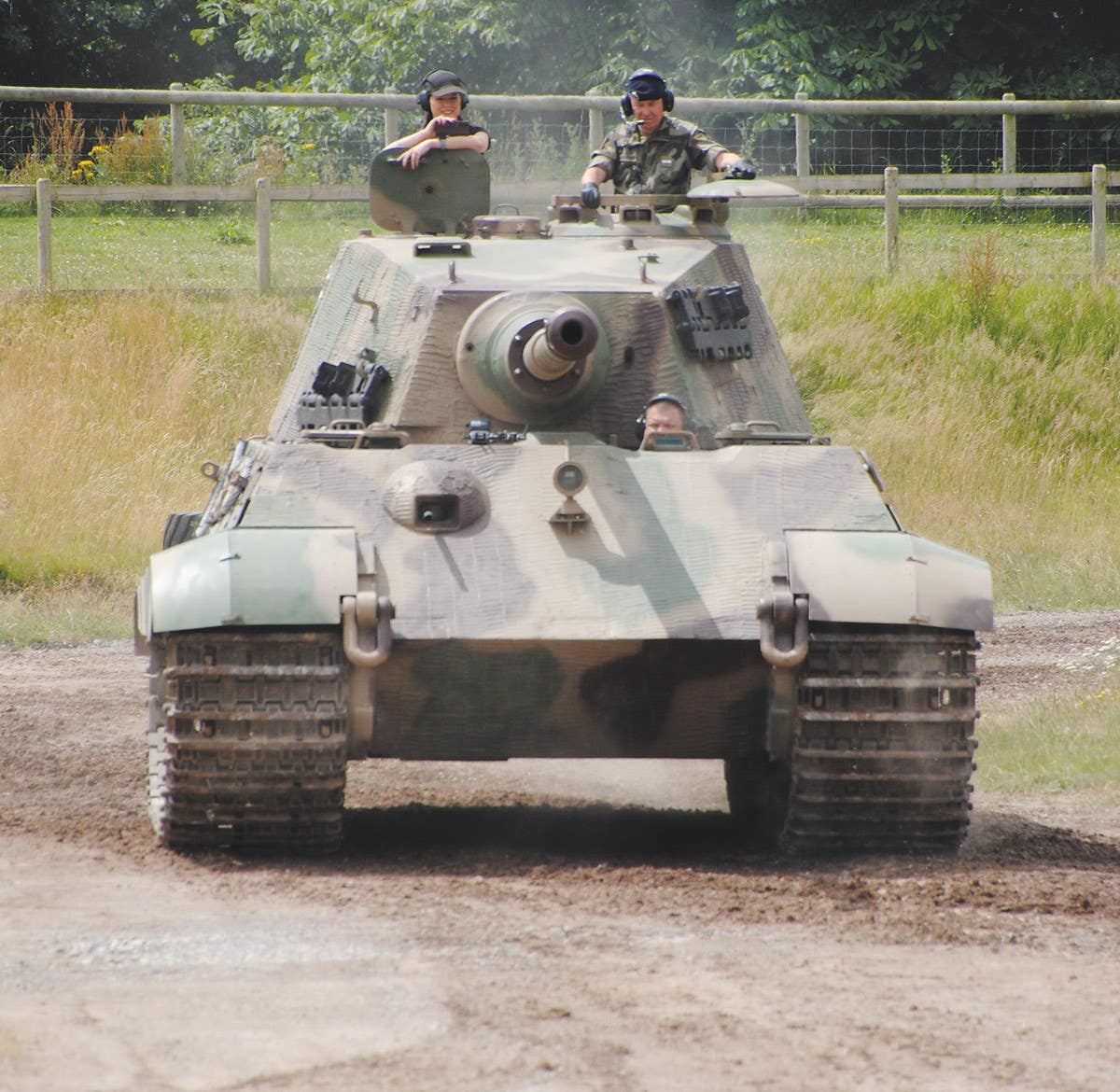MV Spotlight: G-843 ‘Mighty Mite’
by David Doyle The Mighty Mite was developed by Kansas City-based inventor Ben Gregory in 1946-47. Gregory soon formed Mid-America Research Corporation, or MARCO, and enlisted the help Harold Crist,…
by David Doyle
The Mighty Mite was developed by Kansas City-based inventor Ben Gregory in 1946-47. Gregory soon formed Mid-America Research Corporation, or MARCO, and enlisted the help Harold Crist, Ralph Turner, Frank McMillan, and Chet Hemphling. These four men had been instrumental in the creation of the jeep for American Bantam prior to WWII. Despite having designed and patented the driveline and suspension of the Mighty Mite, Gregory was eventually force out of the company.
An imported Porsche engine powered the Mighty Mite prototypes. At the time, US military regulation precluded the use of a Porsche engine, or any other imported components. The search for a suitable American built power plant lead to American Motors, which perfected and produced the Mighty Mite (before it owned Jeep) from December 1959 through December 1962. With an aluminum body, and an aluminum air-cooled 108-cid V-4 engine, the Mighty Mite weighed just less than 1 ton.
The vehicles themselves soon attracted the attention of the US Marine Corps. Small, lightweight, low profile, highly maneuverable and with superior off-road performance, the Might Mite was just the type of vehicle the Corps needed.
Two productions versions of the Mighty Mite were built: The M422 and M422A1. Additionally, there were ten M422E1 trial vehicles. The M422E1 vehicles were created by American Motors by cutting ten M422 vehicles and lengthening the body and chassis by six inches.
Only 1,250 of the original M422 vehicles were produced, while 2,672 of the later M422A1 were manufactured. The most apparent difference between the two models was the six inches additional body length between the front seat and the rear wheel well. There is an additional reinforcing embossment in this area, which aids in distinguishing the two models. The result is that the M422 has a 65-inch wheelbase, and the M422A1 has a 71-inch wheelbase.
Both the M422 and M422A1 models left the factory with a unique, and now hard-to-find, thin windshield. Many of these windshields were later replaced, per a Modification Work Order (MWO) with a thicker windshield, which closely resembles a M38A1 windshield, differing in the locations of the windshield wipers and hood rests. These windshields were produced specifically for inclusion in these modification kits.
The four-speed transmission was combined with a two-speed transfer case to shorten the driveline. All Mighty Mites had limited-slip differentials front and rear which, together with their short turning radius and light weight, gave them superb off-road performance.
David Doyle's earliest published works were occasional articles in enthusiast publications aimed at the historic military vehicle restoration hobby. This was a natural outlet for a guy whose collection includes several Vietnam-era vehicles such as M62, M123A1C, M35A2, M36A2C, M292A2, M756, and an M764.
By 1999, his writing efforts grew to include regular features in leading periodicals devoted to the hobby both domestically and internationally, appearing regularly in US, English and Polish publications.
In 2003, David received his a commission to write his first book, The Standard Catalog of U.S. Military Vehicles. Since then, several outlets have published more than 100 of his works. While most of these concern historic military hardware, including aircraft and warships, his volumes on military vehicles, meticulously researched by David and his wife Denise, remain the genre for which he is most recognized. This recognition earned life-time achievement in June 2015, when he was presented Military Vehicle Preservation Association (MVPA) bestowed on him the coveted Bart Vanderveen Award in recognition of “...the individual who has contributed the most to the historic preservation of military vehicles worldwide.”
In addition to all of publishing efforts, David is the editor of the MVPA’s magazine, History in Motion, as well as serving as the organization’s Publications Director. He also maintains a retail outlet for his books online and at shows around the U.S.








